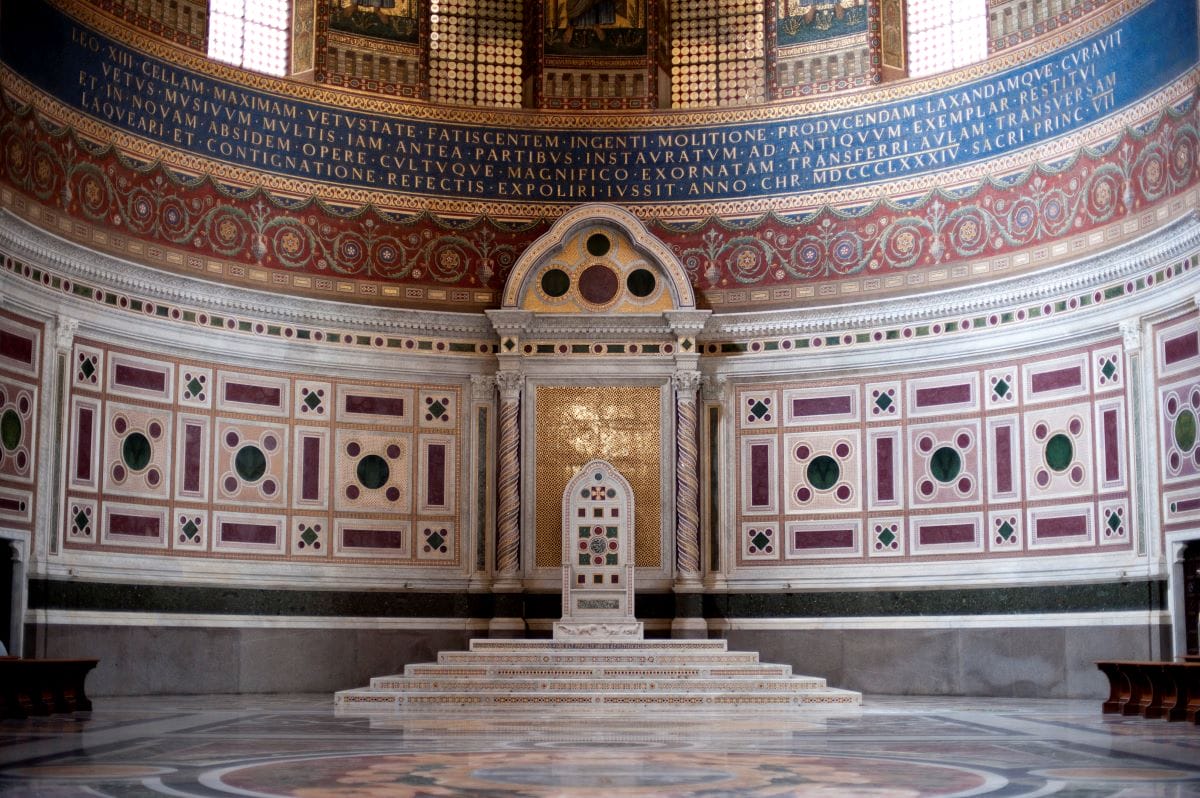
San Giovanni in Laterano: The Ultimate Guide to Rome’s Overlooked Church
May 21, 2025
San Giovanni in Laterano is one of the most overlooked major churches in Rome. That’s mostly because of geography and location: southeast of the historical center and landmarks like the Colosseum and the Forum, most visitors to Rome don’t just stumble upon this gargantuan church. You have to seek it out.
And you should do just that. When you point yourself at San Giovanni, here is a guide that will help you appreciate the basilica all the more.
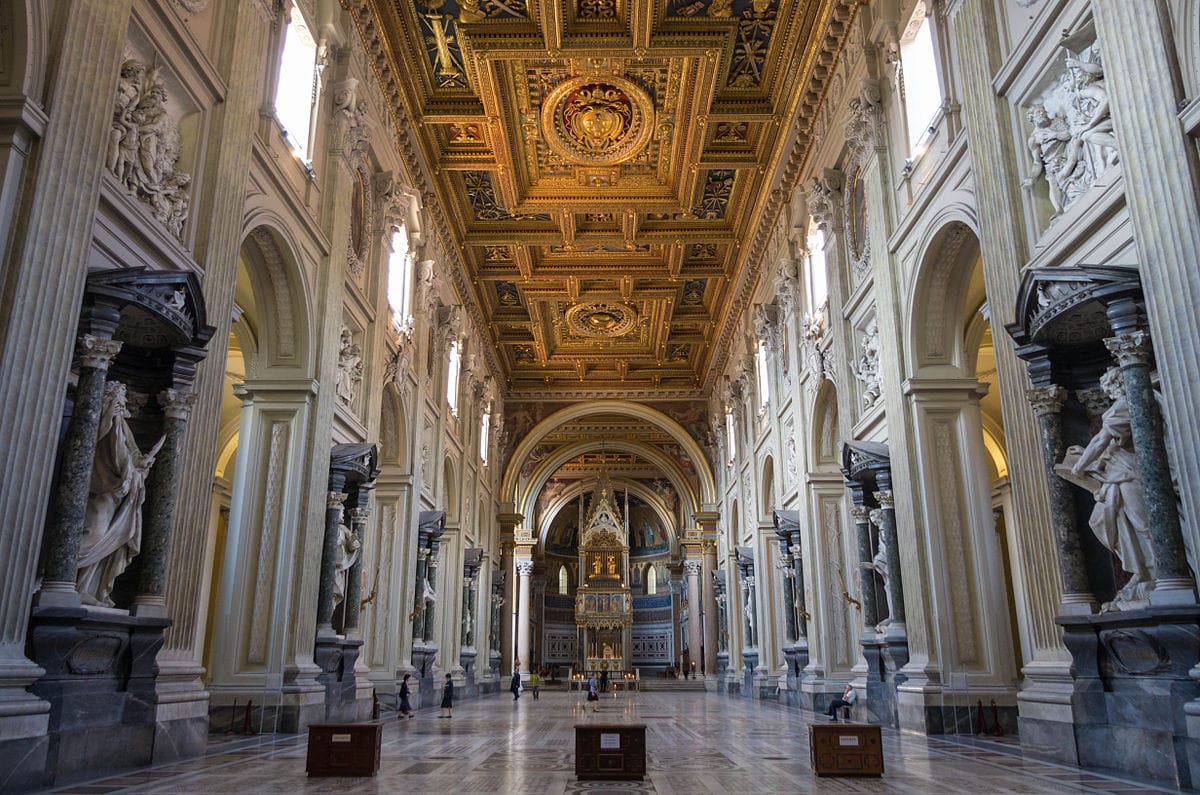
San Giovanni in Laterano is also known as the Basilica of St. John Lateran, Photo credit: Antoine Taveneaux
Table of Contents
ToggleA brief background on St. John Lateran
First, though, a few historical facts about St. John Lateran: it’s the official seat of the Bishop of Rome and that bishop also happens to be known as “the Vicar of Christ,” “Prince of the Apostles,” “Servant of the Servants of God.” He’s also known simply as the Pope.
That’s right. It would be understandable if you thought, St. Peter’s Basilica was the Pope’s main domain. He might sleep and eat in Vatican City but San Giovanni in Laterano, two and a half miles away, is his official church.
San Giovanni is the highest ranking basilica of the four major papal basilicas in Rome—San Giovanni, St. Paul’s Outside the Walls, Santa Maria Maggiore, and St. Peter’s—and because of this it holds the anomalous title of archbasilica.
In fact, until 1870, the Unification of Italy, all popes had been crowned in this major basilica. But let’s go back to how it all started.
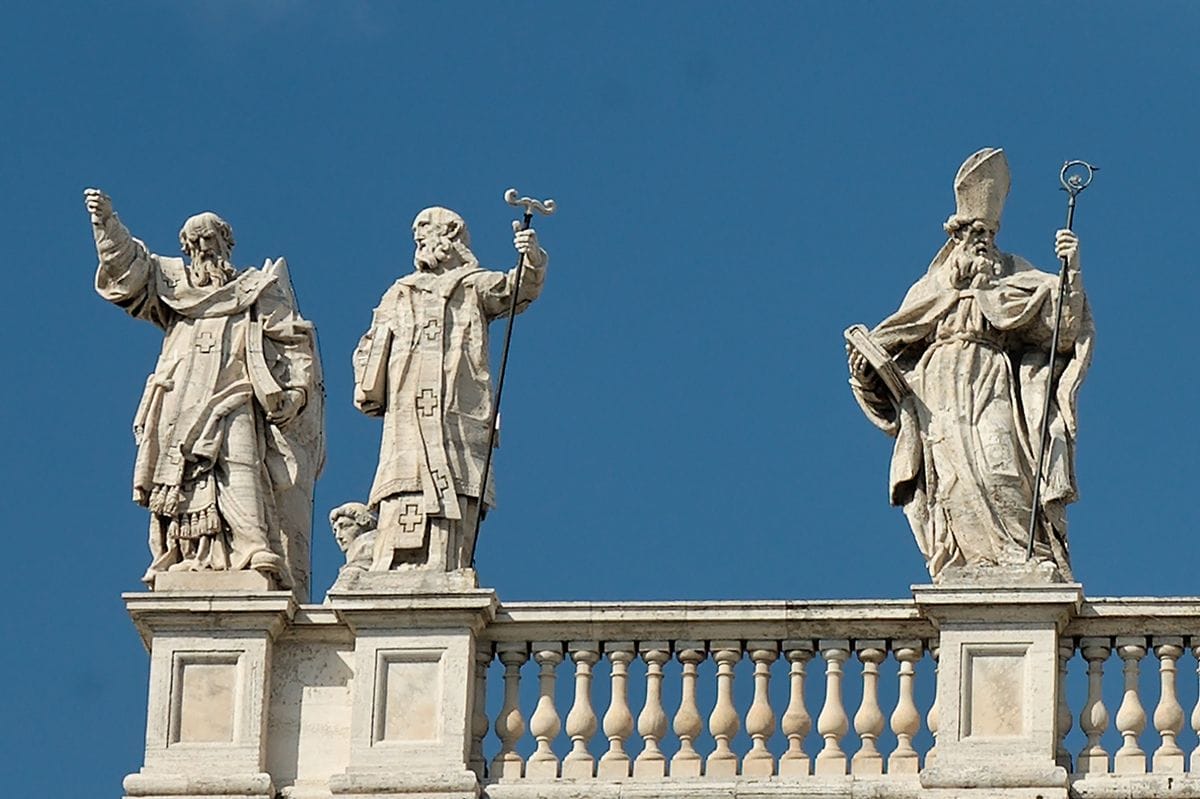
The church was originally commissioned by the Roman Emperor Constantine the Great in the 4th century. Photo credit: Jastrow
San Giovanni in Laterano: One church, many faces
The name Laterano comes from the fourth-century Laterani family who owned the property where the church now sits. After Emperor Constantine converted to Christianity in 312 CE, he stripped the family of the land and had this church built, making it the oldest basilica on the planet.
Twelve years after Constantine’s conversation, this shrine became the headquarters of the Church and the papal residence from the early 4th century until the pope moved across the Tiber to the Vatican in the 14th century.
As Rome fell into disrepair during the Middle Ages and its population shrunk down to just 30,000 people, the papacy could no longer seize the power they had of the past and fled to Viterbo, 50 miles north of the Eternal City, as well as Avignon in France. As a result, San Giovanni, like the city around it, became dilapidated. It didn’t help that there were two fires and an earthquake that further damaged the building throughout the medieval period. It would later go on to see ample amounts of renovation with different historical art and architecture styles overlaying the old ones.
In the mid-17th century, for example, Pope Innocent X hired famed architect Borromini to renovate the place in honor of the 165o Jubilee. He went to work, putting his stamp on the interior in a big way by giving it the Baroque treatment, like most existing churches in Rome at the time. A century later, architect Alessandro Galilei gave the structure a new facade, making the archbasilica appear more like a palace than a place of worship. The facade of stacked porticoes is highlighted by the line of larger-than-life apostles and saints with Christ triumphantly standing among them.
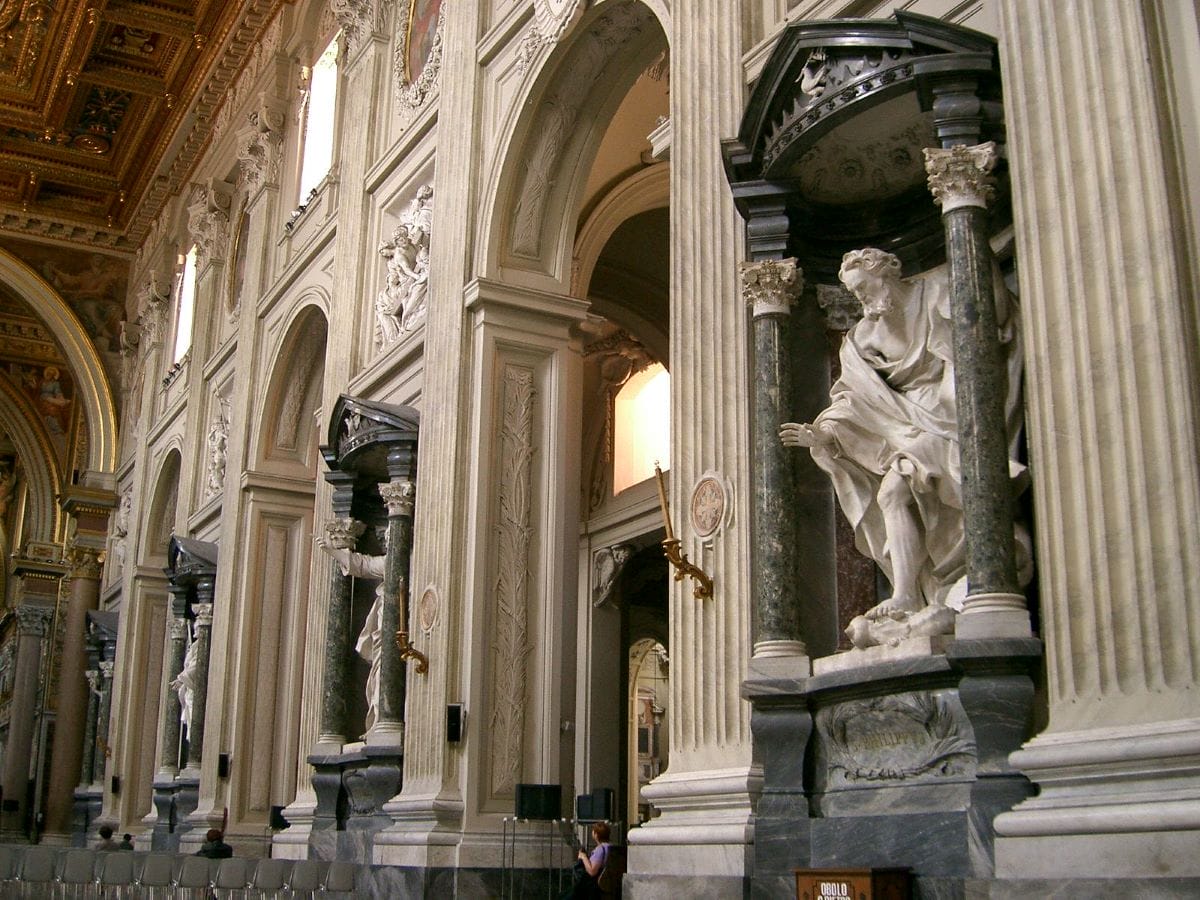
San Giovanni in Laterano can be overlooked by visitors, but is worth seeking out! Photo credit: Edwin Lee
What to see at San Giovanni in Laterano
When you first enter the church, you’ll most certainly note how enormous the interior is. The nave itself is 230 feet long. But look down: the gorgeous Cosmatesque floor is made up of marble and stone inlay in geometric patterns.
In the first inner column on the right, you’ll find the remains of some Giotto murals, the early-14th century painter who helped kick off the Renaissance era in art and architecture. His work had more presence before a questionable renovation a few centuries later destroyed most of them. The Giotto murals were completely covered and forgotten about until a discovery in 1952. Alas, what you see here is all they could recover.
The main altar has a Gothic baldacchino from the mid-14th century hovering over it. You won’t be able to see them, but the altar contains two precious relics of Christendom: the supposed skulls of Saints Peter and Paul. Beyond the altar, marvel at the enormous apse. Be sure to look straight up at the gilded and wooden ceiling, which Baromini didn’t touch much when he renovated the interior.
The interior of San Giovanni, while striking, doesn’t have a lot of notable art worth gawking at or checking off a list. Instead, just sit or stand in awe of its enormity and the fact that people have been venerating and praying in this space for 1,700 years.
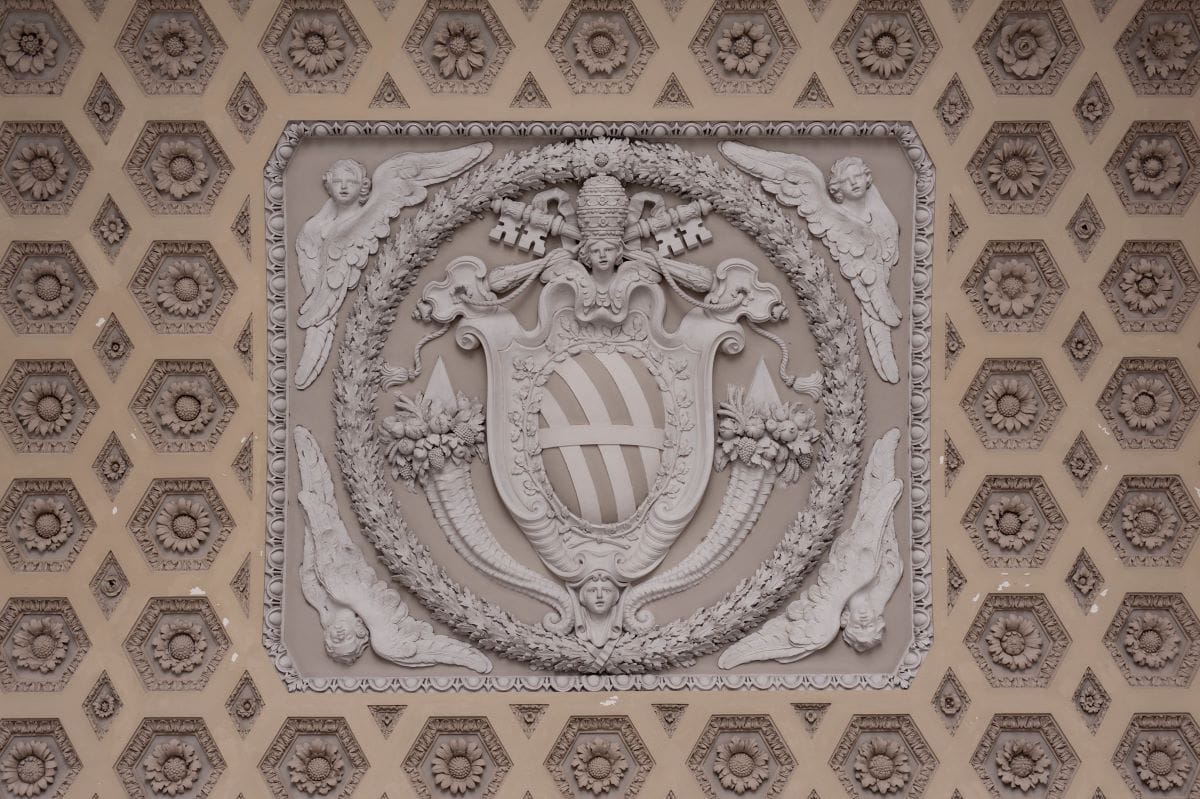
The facade of the basilica is made of travertine stone, a common building material in Rome. The interior features marble, mosaics, and other ornate materials. Photo credit: Jason Pier
What else to see
San Giovanni in Laterano is not just a gargantuan church; it’s a whole complex. For example outside of the church and around the corner, you can access the Romanesque-era cloisters with pleasing arcades and columns.
Many of Rome’s squares are spiked by an Egyptian obelisk, the result of a fascination with all things Egypt about 2,000 years ago (in fact, the 13 obelisks in Eternal City today outnumber those in all of Egypt). The one in the piazza in the north end of the San Giovanni complex is perhaps Rome’s most illustrious. At 140 feet, it’s the tallest of its kind in the world.
Across the street from the church, the complex continues. In a relatively humble looking palace is one of the great off-the-radar sites of Rome: the Lateran Palace.
Enter through the tall wooden doors and you may notice a gaggle of people ascending the marble staircase on their knees, reciting a prayer as they advance each of the 28 steps. This marble staircase, known as the Scala Santa, or Holy Steps, was brought to Rome from the Holy Land by St. Helena, the mother of Emperor Constantine, who went on a sanctified shipping spree to the Holy Land after Christinaity was officially recognized within the empire. These steps, as the story goes, led to Pontius Pilate’s palace in Jerusalem, thus, they would have been some of the last steps where Christ would have walked before being condemned to death.
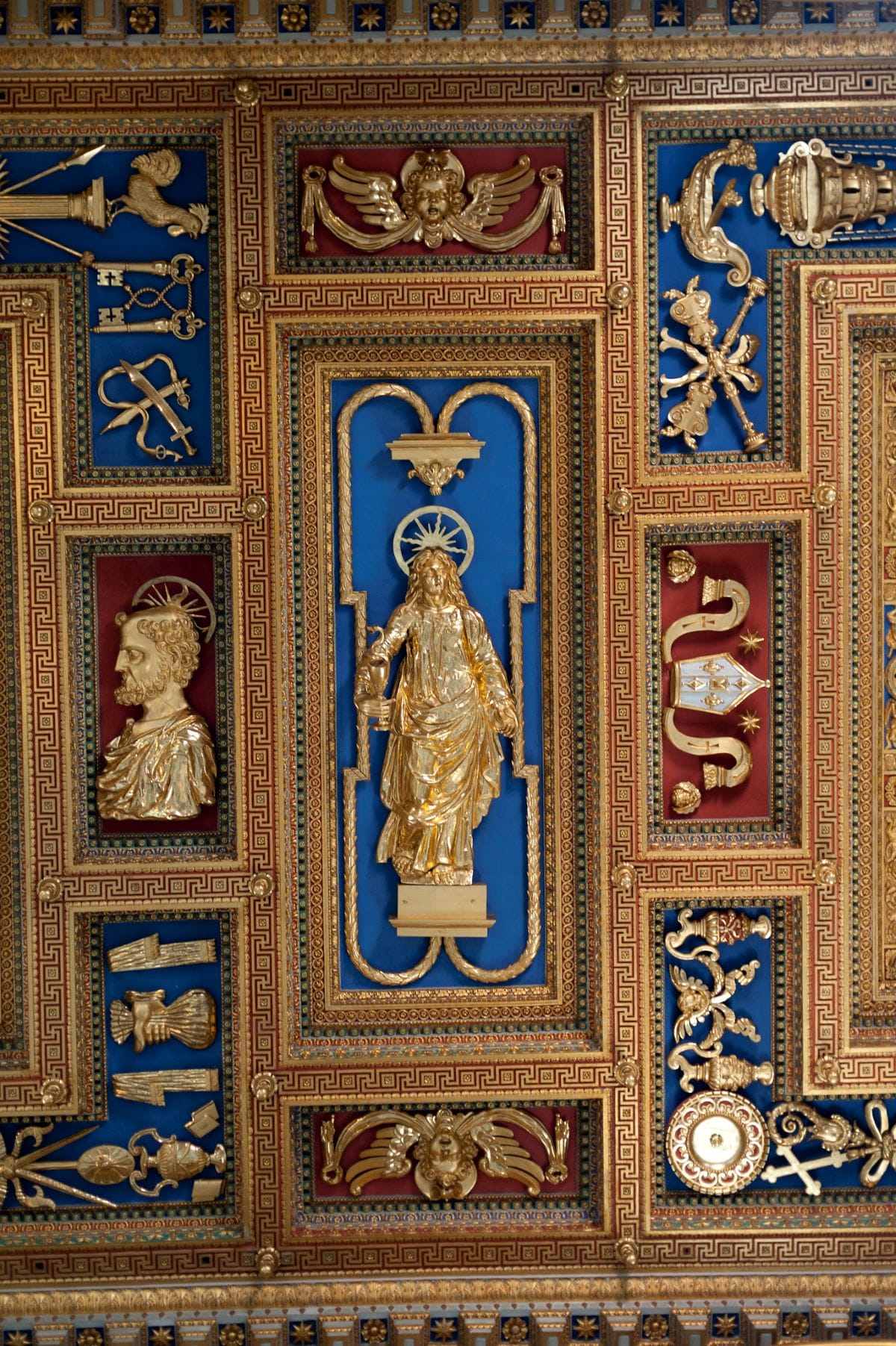
It’s all in the details! Photo credit: Jason Pier
Finishing your visit
If you don’t want to crawl up the 28 steps, the Scala Santa is flanked by two other non-holy steps. At the top, is a small chapel called the Sancta Sanctorum, or “Holy of Holies.” That’s because it has housed some of the most precious holy relics in all of Christendom: The heads of some of the apostles, a chunk of wood from the table used during the Last Supper, the Virgin’s veil, and even the foreskin of Jesus.
At one time no one but the pope could step foot in this chapel. Now with just a few euros, anyone can enter this diminutive sacred space to ogle the various wall murals. The 13th century mosaics and the mosaic floor are candy for the eyes.
Fun fact: During 1527 Sack of Rome, in which German and Spanish soldiers pillaged the Eternal City, hoping to bring home some precious booty, one brawny German mercenary busted into the Sancta Sanctorum. He hit the jackpot. He swiped a bejeweled golden cross reliquary from the altar and began traipsing north toward his homeland. He was eventually nabbed about 30 miles north of Rome and thrown in a cave-cum-cell in Calcata, a medieval hilltown that still exists. When the reliquary was opened, the relic inside was none other than the Santissimo Prepuzio, the Holy Foreskin, the only piece of flesh Christ would have left on Earth before his ascension into the sky. The relic remained in Calcata until 1983 when it disappeared under mysterious circumstances. It was never seen again.
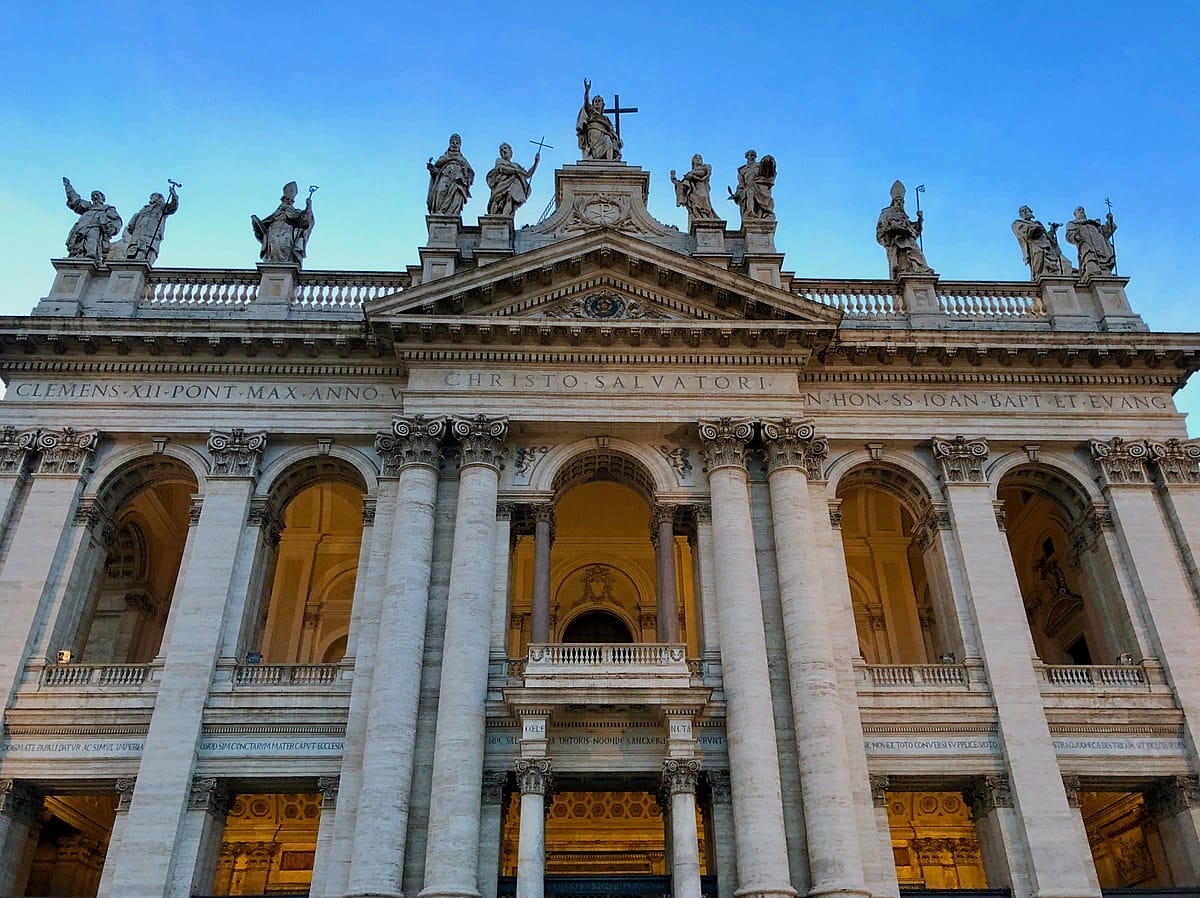
Over the centuries, the basilica underwent various renovations and reconstructions, with the current structure largely dating back to the 17th century. Photo credit: Sonse
by David Farley
View more by David ›Book a Tour

Pristine Sistine - The Chapel at its Best
€89
1794 reviews

Premium Colosseum Tour with Roman Forum Palatine Hill
€56
850 reviews

Pasta-Making Class: Cook, Dine Drink Wine with a Local Chef
€64
121 reviews

Crypts, Bones Catacombs: Underground Tour of Rome
€69
401 reviews

VIP Doge's Palace Secret Passages Tour
€79
18 reviews

Legendary Venice: St. Mark's Basilica, Terrace Doge's Palace
€69
286 reviews









